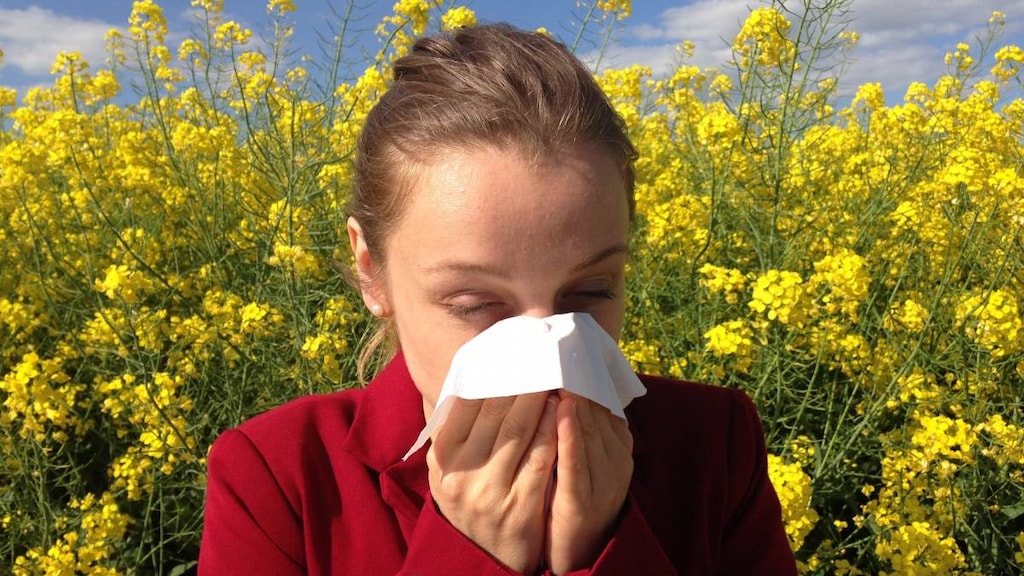Boxed Warning
Severe allergic reactions:
House dust mite allergen extract can cause life-threatening allergic reactions such as anaphylaxis and severe laryngopharyngeal restriction.
Do not administer to patients with severe, unstable, or uncontrolled asthma.
Observe patients in the office for at least 30 minutes following the initial dose.
Prescribe auto-injectable epinephrine, instruct and train patients on its appropriate use, and instruct patients to seek immediate medical care upon its use.
House dust mite allergen extract may not be suitable for patients with certain underlying medical conditions that may reduce their ability to survive a serious allergic reaction.
House dust mite allergen extract may not be suitable for patients who may be unresponsive to epinephrine or inhaled bronchodilators, such as those taking beta-blockers.
Dosage Forms
Excipient information presented when available (limited, particularly for generics); consult specific product labeling.
Tablet Sublingual, Sublingual:
Odactra: 12 SQ-HDM
Pharmacology
Mechanism of Action
While the exact mechanism has not been fully elucidated, specific immunotherapy (SIT) may act by inducing a switch from T helper 2 cell response (Th2) to T helper 1 cell (Th1) response resulting in decreased interleukin-4 (IL-4) and interleukin-5 (IL-5) and increased interleukin-10 (IL-10), production of IgG-blocking antibodies that compete with IgE antibodies for allergen binding, proliferation of regulatory T lymphocytes and cytokines, and decreases in mast cells, eosinophils, and early- and late-phase allergic responses (Leith 2006).
Use: Labeled Indications
House dust mite-induced allergic rhinitis: Treatment of house dust mite (HDM)-induced allergic rhinitis, with or without conjunctivitis, confirmed by in vitro testing for IgE antibodies to Dermatophagoides farinae or D. pteronyssinus house dust mites, or skin testing to licensed house dust mite allergen extracts in adults ≤65 years.
Limitations of use: Not indicated for the immediate relief of allergic symptoms.
Contraindications
Hypersensitivity to any component of the formulation; severe, unstable, or uncontrolled asthma; history of any severe systemic allergic reaction; history of any severe local reaction after taking any sublingual allergen immunotherapy; history of eosinophilic esophagitis.
Canadian labeling: Additional contraindications (not in the US labeling): Coadministration with beta-blockers; active oral cavity inflammatory conditions (eg, oral lichen planus with ulcerations, severe oral candidiasis, dental extraction).
Dosage and Administration
Dosing: Adult
House dust mite-induced allergic rhinitis: Sublingual: One tablet once daily. Note: Data regarding restarting treatment after missing a dose are limited; in clinical trials, treatment interruptions ≤7 days were allowed.
Administration
Administer the first dose in a healthcare setting due to the potential for allergic reactions; monitor patient for ≥30 minutes after first dose. If well tolerated, subsequent doses may be taken at home. With dry hands, remove sublingual tablet from blister immediately prior to administration. Place tablet under tongue until completely dissolved and then wait at least 1 minute before swallowing. Wash hands after handling tablet. Avoid food or beverage for 5 minutes following administration. Auto-injectable epinephrine should be made available to patients.
Storage
Store at 20ºC and 25ºC (68ºF and 77ºF). Store in original package to protect from moisture.
Drug Interactions
There are no known significant interactions.
Adverse Reactions
>10%:
Gastrointestinal: Oral itching (61%), swelling of lips (18%), swollen tongue (16%), glossalgia (14%), nausea (14%), tongue ulcer (12%), stomach pain (11%)
Hypersensitivity: Mouth edema (20%, uvula)
Local: Local pruritus (in the ear; 52%), local swelling (uvula/back of the mouth; 20%)
Respiratory: Throat irritation (67%), pharyngeal edema (14%)
1% to 10%:
Cardiovascular: Chest discomfort (1%)
Central nervous system: Mouth pain (3%)
Dermatologic: Urticaria (1%)
Gastrointestinal: Dysgeusia (10%), oral mucosa ulcer (10%), oral paresthesia (9%), diarrhea (7%), tongue pruritus (5%), stomatitis (3%), vomiting (3%), dyspepsia (2% to 3%), gastroesophageal reflux disease (2%), oral mucosa erythema (2%), dysphagia (1%), lip pruritus (1%)
Ophthalmic: Eye pruritus (2%)
Respiratory: Pharyngeal erythema (2%), sneezing (2%), upper respiratory tract infection (2%), dry throat (1%), oropharyngeal pain (1%)
Frequency not defined: Hypersensitivity: Anaphylaxis
Warnings/Precautions
Concerns related to adverse effects:
- Esophagitis: Eosinophilic esophagitis has been reported with sublingual tablet immunotherapy; discontinue therapy in patients who experience severe or persistent gastroesophageal symptoms (eg, dysphagia, chest pain). Use is contraindicated in patients with a history of eosinophilic esophagitis.
- Hypersensitivity reactions: [US Boxed Warning]: Life-threatening allergic reactions, including anaphylaxis and severe laryngopharyngeal restrictions, may occur. Local reactions in the mouth or throat may occur; consider discontinuation in patients experiencing escalating and persistent adverse reactions in the mouth or throat. Increased risk of local or systemic adverse reactions may occur when given with concomitant allergen immunotherapy.
Disease-related concerns:
- Respiratory disease: [US Boxed Warning]: Do not administer to patients with severe, unstable, or uncontrolled asthma. Withhold treatment if patient is experiencing an acute asthma exacerbation. Re-evaluate patients with recurrent asthma exacerbations and consider discontinuation. Use is contraindicated in patients with unstable or uncontrolled asthma.
Other warnings/precautions:
- Administration: [US Boxed Warning]: Auto-injectable epinephrine should be prescribed to patients; instruct patients on appropriate use and to obtain immediate medical care upon its use.
- Appropriate patient selection: [US Boxed Warning]: Use may not be suitable for patients with conditions that may reduce their ability to survive a serious allergic reaction, including but not limited to markedly compromised lung function (chronic or acute) and cardiovascular conditions (eg, unstable angina, recent MI, significant arrhythmia, uncontrolled hypertension).
- Appropriate use: [US Boxed Warning]: Use may not be suitable for patients who may be unresponsive to epinephrine or inhaled bronchodilators due to concomitant drug therapy. The effect of epinephrine may be potentiated or inhibited by the following medications: Beta blockers, alpha blockers, ergot alkaloids, tricyclic antidepressants, levothyroxine, monoamine oxidase inhibitors, antihistamines (ie, chlorpheniramine, diphenhydramine), cardiac glycosides, and diuretics.
- Experienced health care provider: Should be administered under the supervision of healthcare providers experienced in the diagnosis and treatment of allergic diseases.
- Monitoring: [US Boxed Warning]: Monitor all patients for at least 30 minutes after initial dose in a healthcare setting.
- Oral inflammation/wounds: Discontinue therapy to allow for complete healing of the oral cavity due to oral inflammation (eg, oral lichen planus, mouth ulcers, or thrush) or oral wounds following oral surgery or dental extraction.
Monitoring Parameters
Signs/symptoms of hypersensitivity; monitor patients for at least 30 minutes after administration of first dose.
Pregnancy
Pregnancy Considerations
Information related to the use of house dust mite allergen extract in pregnant women is limited (Shaikh 2012). In general, allergy immunotherapy may continue in women tolerating treatment who become pregnant after therapy has started. However, initiating allergy immunotherapy during pregnancy is generally avoided (Larenas-Linnemann 2016; Oykhman 2015).




